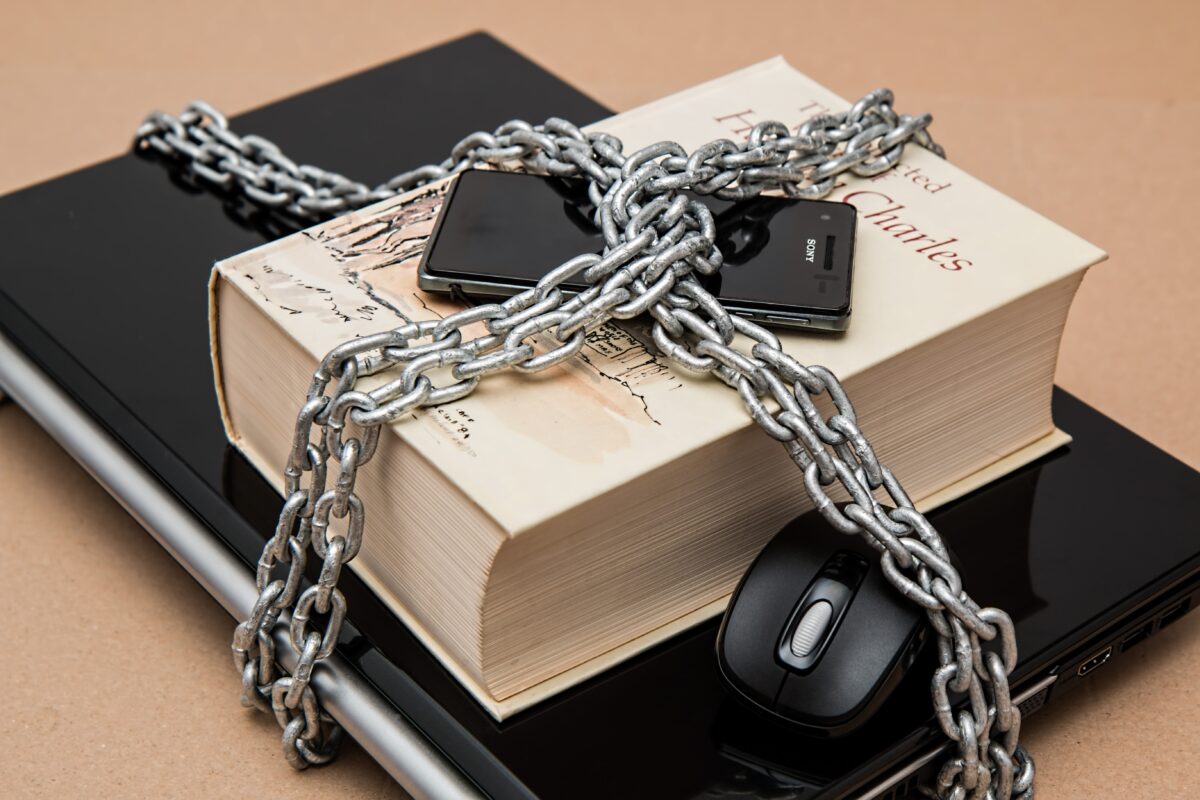Do you have any idea how many online accounts you have on the internet? Is It close to fifty, one hundred, or maybe two hundred? To be honest, personally, I don’t have a clue. Nowadays, you have to register for almost every website, again and again you get asked to create an account, including a username and… a password. So, what if I tell you that people are usually creatures of habit, that everyone like convenience, and that most people like efficiency. And, what if I tell you that these general character traits usually result in using the same password over and over again. Ask yourself the following question: for all those online accounts, how many different passwords do you actually use? Because for me, I think it is somewhere around three.
People using the same password over and over again is a worrying development, it’s a problem that has been around for a long time. However, the threat is still real for many people. Hackers are always looking for your information, and if you use only one password, you make it a lot easier. If there is a data breach within a company, and you use the same email and password for many accounts, all your personal information could be free for hackers to pick up. Data breaches happen more often than you might think, even Google, Facebook and Uber have had date breaches in the past. In the Netherlands, a company is even obligated to report any date breaches (see website below, in Dutch).
So, my tip would be, use a different password every time, even if there is almost no personal information on the specific account. However, it is extremely hard to keep track of all those passwords, especially because for some accounts you have to change the password every year. My personal tip would be a password manager. At my previous work, when they introduced a password manager (one password), I wasn’t a big fan. However, nowadays I use it everywhere. With one password, you have to create one ‘master password’ which can open a kind of safe on your computer. In here, all the passwords are stored, which means you can use randomly generate passwords, and you are always able to find them. The best addition in my opinion is that it can auto-fill all your passwords, you just have to type in that one master password and the system automatically fills in the password for that specific account. So, if you want to keep your personal information safe, I advise you to use a password manager. However, if you do have to create a master password, make sure you don’t tell anyone!
Autoriteit persoongegevens, data breaches: https://autoriteitpersoonsgegevens.nl/sites/default/files/atoms/files/jaarcijfers_meldplicht_datalekken_2019.pdf
TechNess: https://techness.nl/waarom-je-elk-wachtwoord-serieus-moet-nemen/
Onepassword: https://techness.nl/waarom-je-elk-wachtwoord-serieus-moet-nemen/



